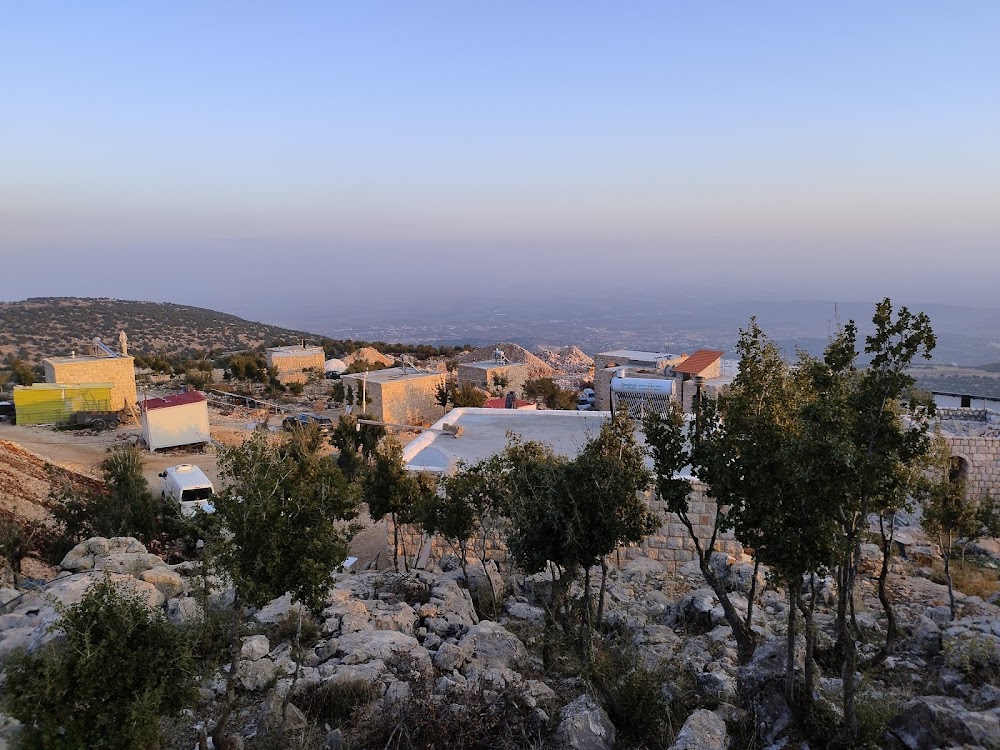Qadisha Valley (وادي قاديشا)
Overview
Located in the heart of Lebanon, Qadisha Valley, also known as the Holy Valley, is one of the most picturesque and historically significant locations in the Beqaa region. This stunning valley, often referred to as Wadi Qadisha, is where natural beauty, historical richness, and spiritual significance converge, making it a must-visit destination for travelers from around the globe.
The name "Qadisha" is derived from a Semitic root meaning "holy," and true to its name, the valley has served as a sanctuary for monastic communities for centuries. Dating back to the early Christian periods, it has provided refuge for those seeking peace, solitude, and a deeper connection to their faith. The valley is renowned for its ancient monasteries and hermitages, many of which are intricately carved into the rocky cliffs and date back to the early centuries of Christianity. Notable sites include the Monastery of Qozhaya, one of the oldest in the valley, and the Monastery of Saint Anthony, a vital center of the Maronite Church.
Beyond its spiritual significance, Qadisha Valley is steeped in history. It has been home to Christian monastic communities since the inception of Christianity, enduring numerous invasions and persecutions while preserving their traditions and ways of life. The monasteries in the valley are connected by a series of trails that offer breathtaking views and an immersive experience in Lebanon's rich cultural heritage.
In recognition of its profound cultural importance, Qadisha Valley was designated a UNESCO World Heritage Site in 1998. This designation highlights the valley’s role as a center of Christian monasticism and its rich historical artifacts. The combination of natural beauty and historical context makes it an unparalleled destination for those interested in history, religion, and nature.
One of the valley's most intriguing features is its intricate system of caves and grottoes. These natural formations have served as dwellings and places of worship for centuries. Visitors can explore these caves to gain insight into how early Christian monks lived harmoniously with nature, crafting a humble existence in these secluded spots.
For nature enthusiasts, Qadisha Valley offers an enchanting escape into untouched landscapes. It is part of the larger Al Shouf Cedar Reserve, famous for its ancient cedar trees, some over a thousand years old. Known as the Cedars of God, these majestic trees symbolize Lebanon and are recognized for their historical and ecological significance. Hiking through the valley provides a unique opportunity to witness cedar forests, cascading waterfalls, and the tranquil Qadisha River, creating a serene and picturesque environment.
The best time to visit Qadisha Valley is during the spring and autumn months, when the weather is pleasant, and the valley is lush with greenery. During these times, the trails are more accessible, allowing visitors to fully appreciate the valley's natural beauty. While winter visits are also possible, the colder weather and potential for snow can make some trails more challenging to navigate.
Travelers to Qadisha Valley will discover that the region is not just about ancient history and rugged landscapes; it also boasts a warm and welcoming local culture. Nearby villages such as Bsharri and Ehden provide a glimpse into the daily lives of local residents, known for their hospitality. Visitors can immerse themselves in traditional Lebanese cuisine, local crafts, and vibrant cultural festivals.
To fully appreciate the valley, it’s recommended to spend at least a couple of days exploring the area. There are several guesthouses and smaller hotels in the nearby towns offering comfortable accommodations, making them ideal bases for your adventures.
In summary, Qadisha Valley in Beqaa, Lebanon, is a destination that weaves together a rich tapestry of history, spirituality, and natural beauty. Whether you are a history buff, a nature lover, or someone seeking a peaceful retreat, Qadisha Valley promises an unforgettable experience. Its ancient monasteries, stunning landscapes, and welcoming local culture make it a unique gem in Lebanon’s diverse array of attractions.




